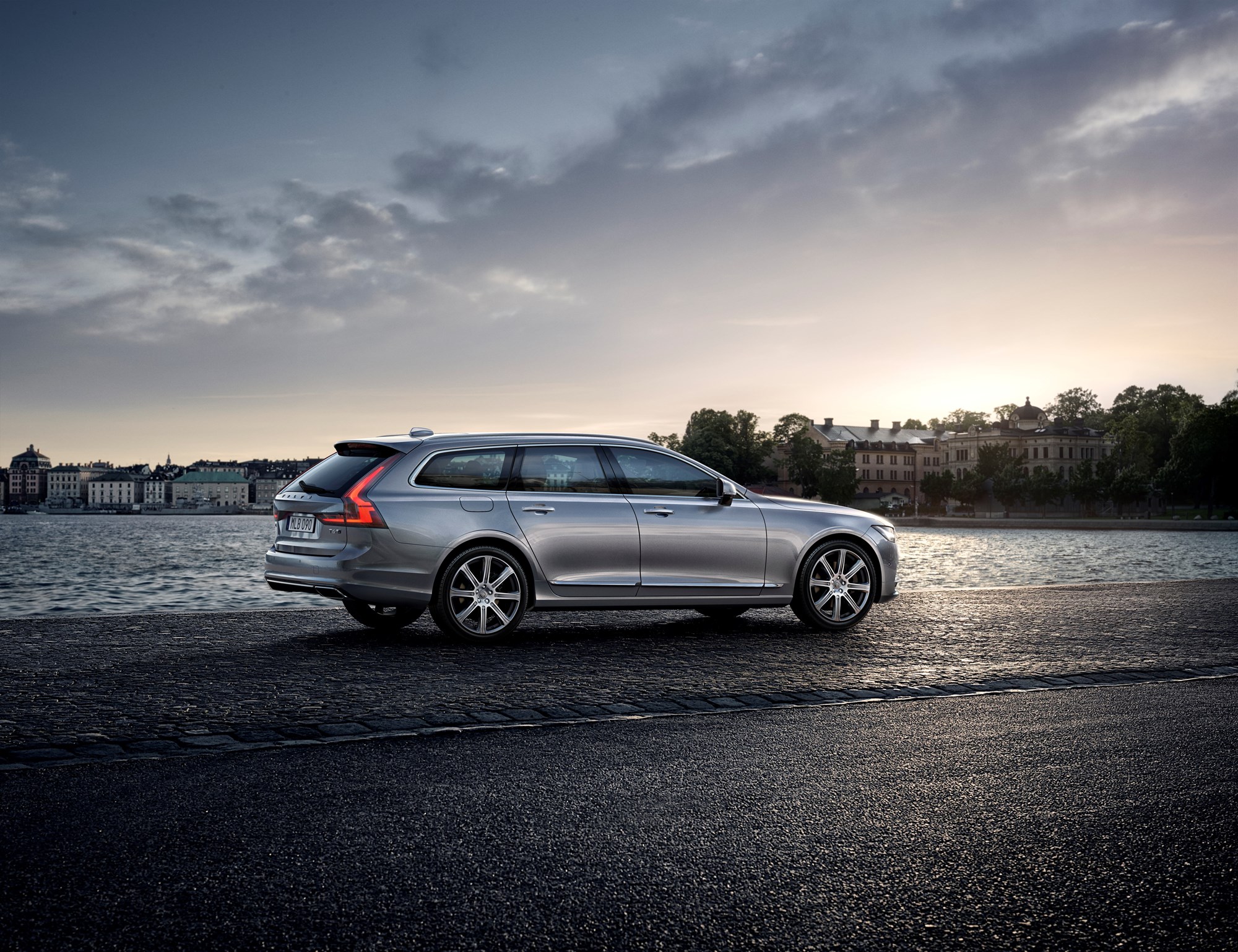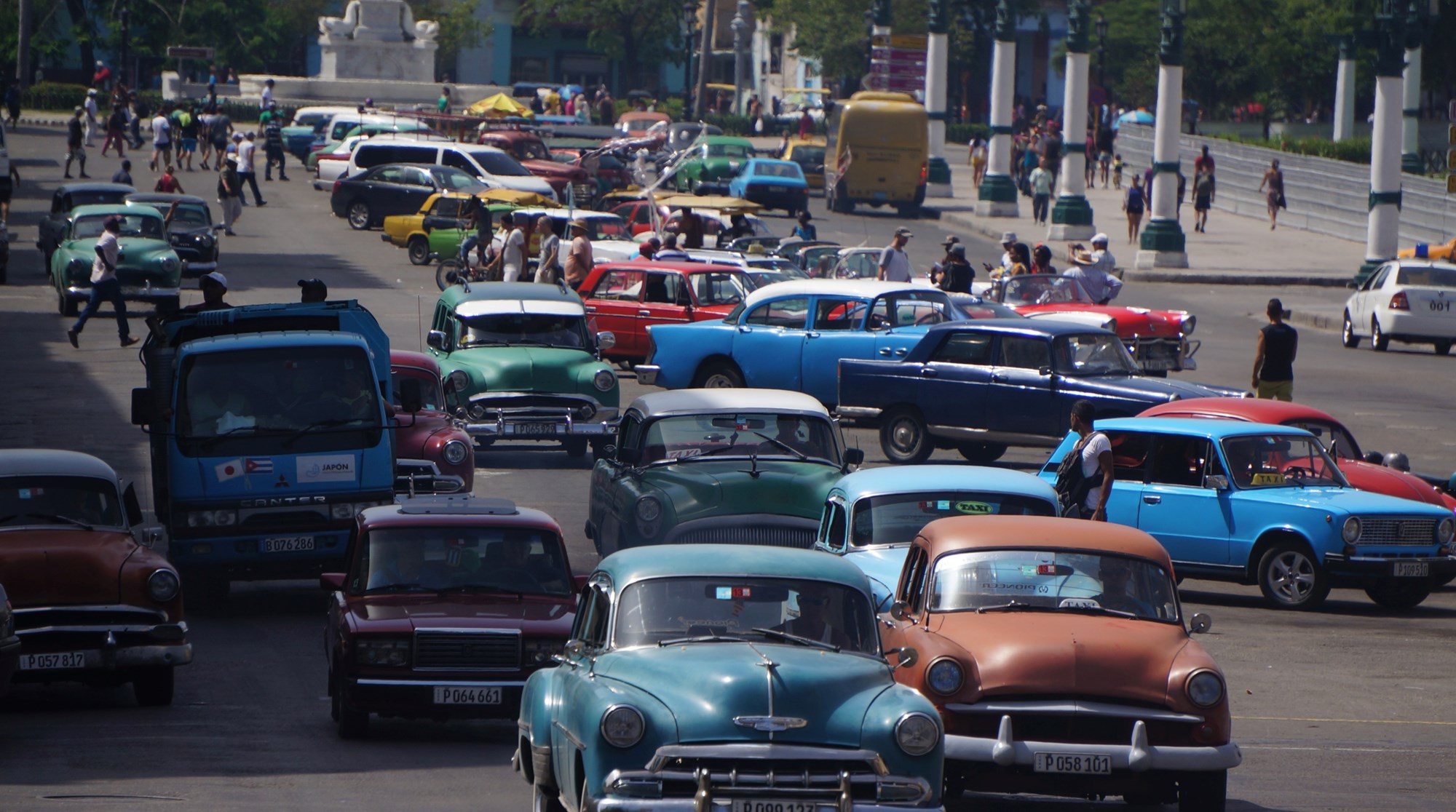McLaren livery suggests team in mourning
That soap opera known as Formula One is almost with us again for 2016. But before all the boring racing bits get under way, the best part of the season is here already; the team car reveals, served with a side dish of grimacing drivers modelling their brand new sponsor-splashed race suits.
The cars of the Mercedes, Ferrari and Red Bull teams all look very similar to last season, while newcomers for 2016, Haas Racing, have shown remarkable restraint for an American team; somehow managing not to make their VF16 racer look like a bucking bronco draped in the Stars And Stripes.
But McLaren-Honda’s new MP4-31 is quite different. Gone is all that matte grey from last year, which has been replaced by a lot of black; a shade of black from a shelf near the bottom of the pit of despair, it would seem. The end result is a car that looks like a mourning armband on wheels. Which — after the horror season they suffered through last year — you can kind of understand as a running theme.
Reluctant racer Fernando Alonso told the press at the MP4-31’s reveal; “The whole car is beautiful — it’s particularly nicely packaged from an aerodynamic point of view.” Wow, calm down there Fernando. In the damning-with-faint-praise stakes, that’s about as convincing as a film critic suggesting Piranha 3D is a deeply impressive film due to its interesting tropical locations.
Anyway, all the internet chatter about which car boasts the coolest 2016 Formula One team livery is a moot point; Williams’ Martini-headlined sticker set is clearly the best in the field. Google it and reminisce about the Martini Racing Brabham posters that adorned your childhood bedroom in the 70s.
Volvo’s welcome wagon
 Volvo announcing it has made a new station wagon is a bit like adidas announcing it has made a new pair of shoes. You stop what you’re doing and listen.
Volvo announcing it has made a new station wagon is a bit like adidas announcing it has made a new pair of shoes. You stop what you’re doing and listen.
Because Volvo knows wagons. Lamborghini knows outrageously full-frontal supercars with razor-sharp bits all over them. Land Rover knows 4x4s with the ability to travel unimpeded to Uganda in a straight line. But Volvo knows wagons.
It’s the new V90 we’re talking about here — the wagon-y equivalent to the multi-award winning top-shelf XC90 SUV — probably the ultimate Volvo wagon.
Volvo has just combined two things they do very well: enthusiasm in terms of melding science and sexiness in their technologically impressive XC90 and what sports pundits call ‘‘form’’ when it comes to designing impressively square wagons. They’ve just rediscovered the former and they’ve been doing the latter for decades.
The Volvo V90 will be shown off in all its straight-backed glory at the Geneva motor show next week, but teaser images are a mouthwatering prelude. It’s all long bonnet, subtly raked hipline, slim low-line glasshouse and slashy Z-shaped tail lights.
The V90 will replace the still-good-looking V70 and — hold on to your gumboots — there will eventually be a jacked-up XC70-style version too.
Like the XC90 and forthcoming S90 sedan, the V90 will be built on Volvo’s new SPA modular architecture. The carmaker will offer a plug-in hybrid variant as Volvo continues its goal to offer the alternative powertrain across its entire range.
Wagons aren’t selling as they once did, even in New Zealand where we love a good wagon, preferably with all-wheel drive and enough room in the back for mountain bikes and mastiffs alike.
Yesterday’s station wagon buyer is today’s SUV driver; it’s a trend repeated globally.
Even brands that boast rich wagon heritage, such as Mercedes-Benz and Audi, admit estate versions of their executive models are generally enthusiast-only fare.
Whatever. Here at The Good Oil we’re suckers for a well-proportioned wagon. And the Volvo V90 looks about as well-proportioned as you can get.
Threat to Cuban car heritage

Next to cigars, music and bars where Ernest Hemingway drunkenly attempted to start fights, the most common image of Cuba is its legions of 1950s-era American cars.
Havana has been described as a “rolling car museum”; nearly every thoroughfare is clogged with old American iron from brands (some now extinct) such as Oldsmobile, Plymouth, Ford and Buick.
Thanks to the Cuban take on our own number eight wire philosophy of making do, these cars survive on transplanted Russian engines and third-hand components.
As political tensions between Cuba and near-neighbour the United States spiralled out of control in the early 1960s, Fidel Castro placed a ban on foreign vehicle imports, making it nearly impossible to buy a brand-new, foreign-made vehicle.
This also cut the supply line for parts, so the nation’s fleet essentially became a moving, wheezing automotive time capsule. Today the American cars that have miraculously survived are a smoky, noisy part of the Communist island state’s rich cultural landscape.
But all that could be about to change as the United States cautiously opens up travel routes between Cuba and America.
The US Department of Transportation has announced an agreement made with Cuban authorities that will make it easier to travel there. Pundits have said that demand for the travel route could lead to as many as 20 daily flights between US ports and Havana before too long.
Where reunited families and social documentarians go, classic car fans and bargain hunters will be sure to follow. Of course, exporting cars back to the US might be another headache entirely, but you can bet your bottom peso there’ll be a reality TV show already in the planning covering just such a would-be get-rich-quick salvage adventure.
Number Crunching
535 KGS
Weight of McLaren’s first Formula One car.
1974 YEAR
Of McLaren’s first Formula One win from pole position.
150 STARTS
By McLaren’s longest-serving F1 driver, David Coulthard.
1981 YEAR
McLaren introduced carbon fibre composite chassis.




